Democrats Sue After Trump Cuts SNAP Benefits For Alien Migrants
It was one of the key debates that led to the longest government shutdown in US history: The Trump Administration wanted to close the loopholes that allowed non-citizens access to government subsidies like ACA healthcare and free food through SNAP.
Democrats claimed that "illegal migrants" don't have access to such programs.
Yet, the Democrats were willing to drag out the government shutdown for 35 days just to stop Trump from implementing cuts that would apparently affect no one.
Why?
Because leftists are liars.
If they are not telling a direct lie, they are lying by omission or by using semantics and carefully crafted language so that if they get caught they can say "That's not what we meant..."
When Republicans moved to block subsidies for migrants this included the millions of asylum seekers that entered the US illegally and then took advantage of Joe Biden's lax policies, including "catch and release."
Democrats, however, categorize asylum seekers as residing in the US "legally".
It's a dishonest way to bypass the debate and pretend as if Trump is living in a fantasy land. Meanwhile, Democrats hope that the general public will not catch on to the game they are playing.
Eventually, the truth gets out, often through self-exposure because the leftists can't help themselves. After months of Democrats asserting that "illegal" non-citizens don't receive government subsidies, Oregon is suing the Trump administration over changes to the nation’s food assistance program, arguing that new federal guidance unlawfully blocks certain groups of "legal" immigrants from accessing food aid. When Democrats mention "legal immigrants" they are referring to all asylum seekers.
JUST IN: Oregon Attorney General is suing the Trump admin because they cut SNAP benefits for noncitizens and are cracking down on fraud
— Libs of TikTok (@libsoftiktok) November 27, 2025
But Democrats insisted for months that noncitizens weren’t getting taxpayer funded benefits…. Now they’re suing to make sure they do.
Unreal pic.twitter.com/u6VwTc6wuT
Twenty-one other states joined Oregon in filing the lawsuit Wednesday in federal court in Eugene, arguing that the U.S. Department of Agriculture overstepped its authority when it issued an Oct. 31 memo telling states to cut off benefits for people who have long been eligible for the Supplemental Nutrition Assistance Program, or SNAP.
The dispute centers on changes Congress made in July through the One Big Beautiful Bill Act, which limited SNAP eligibility for certain noncitizens in temporary immigration categories.
In the lawsuit, Oregon Attorney General Dan Rayfield and the other Democratic attorneys general said the USDA memo goes further than what Congress approved and effectively blocks many lawful permanent residents from the SNAP program even though they qualify under the law. Those include refugees, asylum seekers and people admitted under humanitarian programs once they obtain a green card and meet the program’s income and residency rules.
Their definition of "legal" non-citizens, however, is irrelevant. The federal government has broad authority to determine who is here legally and who gets access to federal subsidies including SNAP. Migrant aliens who flooded into the US during the Biden regime and took advantage of wide open asylum policies do not necessarily qualify.
Furthermore, there needs to be a national discussion about who should be allowed access to American taxpayer dollars. Progressives exploit subsidies as a way to lure migrants to the US and buy their votes once they become naturalized. The Democrat agenda is clearly to upend the demographics of the country in their favor. Why would native born Americans allow their money to be used against them as a means to steal their country from them?
No migrants, legal or illegal, should ever qualify for government subsidies. If they can't support themselves, they should not be traveling to the US in the first place. At the very least, there needs to be a set moratorium on immigrant applications for benefits; perhaps 5-10 years after they gain residency. This would weed out any parasites looking to feed on the American system rather than contribute and assimilate.
Oregon and other states are asking the court for a preliminary injunction to block the new policy while the case is heard. AG Rayfield says the goal is “to get in front of a judge as quickly as possible to make sure that we can get this food assistance flowing again here in the near term."
Democrats understand that they have a limited window of time - A few months without SNAP benefits and migrants will leave blue states, possibly self deporting back to their countries of origin. The incentives to stay will be gone. Meaning, Democrats lose their census advantage, they lose vast pool of future voters (or current voters in states without voter ID), not to mention a useful mob of thugs they can muster whenever they need to create civil unrest.
Tyler Durden Sat, 11/29/2025 - 18:05




 Japan's Prime Minister Sanae Takaichi answers questions from reporters about her telephone talks with U.S. President Donald Trump at the Prime Minister's Office in Tokyo on Nov. 25, 2025. JIJI Press / AFP via Getty Images
Japan's Prime Minister Sanae Takaichi answers questions from reporters about her telephone talks with U.S. President Donald Trump at the Prime Minister's Office in Tokyo on Nov. 25, 2025. JIJI Press / AFP via Getty Images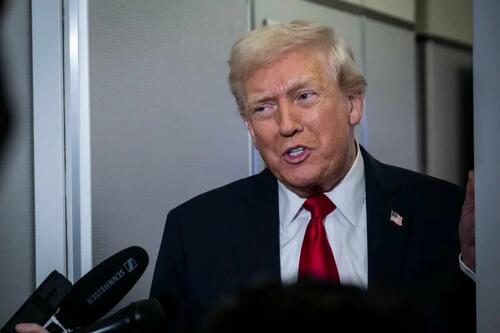 President Donald Trump speaks to the media aboard Air Force One in flight en route to Florida on Nov. 25, 2025. Pete Marovich/Getty Images
President Donald Trump speaks to the media aboard Air Force One in flight en route to Florida on Nov. 25, 2025. Pete Marovich/Getty Images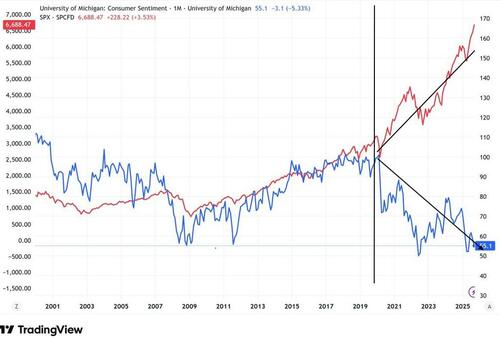

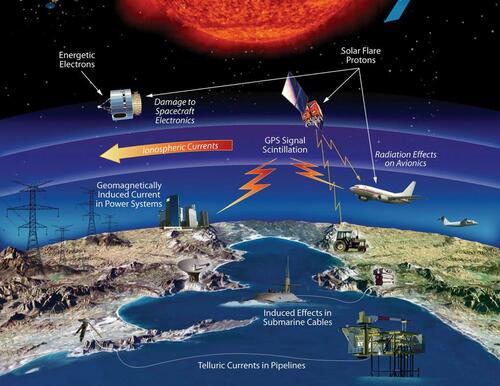




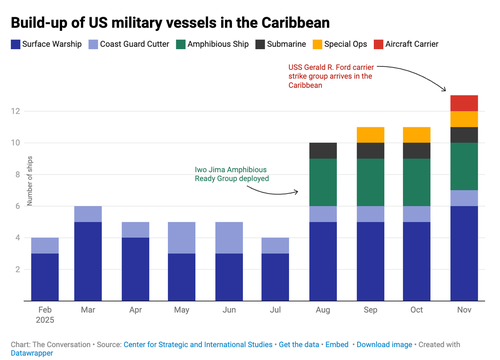

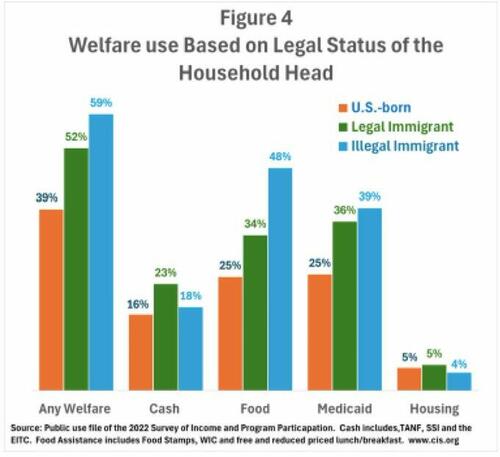



 European Union flags flutter outside the EU Commission headquarters in Brussels, Belgium, on July 16, 2025. Yves Herman /Reuters
European Union flags flutter outside the EU Commission headquarters in Brussels, Belgium, on July 16, 2025. Yves Herman /Reuters File image, via War on the Rocks
File image, via War on the Rocks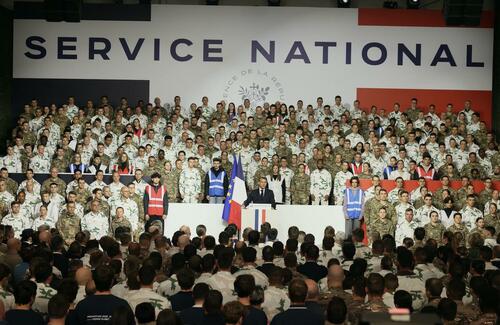 Macron announced the new voluntary service plan for 18- and 19-year-olds at the the Varces military base in the French Alps (Thomas Padilla, Pool Photo)
Macron announced the new voluntary service plan for 18- and 19-year-olds at the the Varces military base in the French Alps (Thomas Padilla, Pool Photo) Recruits into the new program will be assured they'll serve only in mainland France and overseas territories, unlike these French troops in Afghanistan in 2008
Recruits into the new program will be assured they'll serve only in mainland France and overseas territories, unlike these French troops in Afghanistan in 2008  President Macron, pictured here in a 2018 visit to the French Caribbean island of Saint-Martin, says the new troops won't be sent to Ukraine (Reuters via
President Macron, pictured here in a 2018 visit to the French Caribbean island of Saint-Martin, says the new troops won't be sent to Ukraine (Reuters via
Recent comments